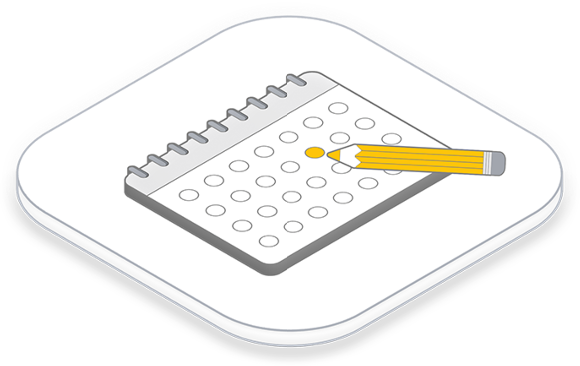25
September 2024
Efficiency is a crucial building block when it comes to doing your homework in terms of innovation capability. Companies that continuously analyse and optimise their processes can therefore make better use of their resources and reduce costs. Detailed process analysis is the key to these improvements. This blog post therefore looks at how companies can achieve significant efficiency gains by systematically analysing their processes, following on from the topics of process optimisation and data integration discussed in the previous post.
Why is process analysis important?
A detailed process analysis is the foundation of any successful optimisation initiative. This is because without a deep understanding of existing processes, it is impossible to identify weaknesses and make targeted improvements. Three main advantages can be identified:
- Competitive advantage through efficiency
Companies that analyse and optimise their processes in detail can react more quickly to market changes, increase their productivity and ultimately boost their competitiveness. - Saving resources
Precise analyses help to avoid wasting resources. This not only saves the budget, but also contributes to sustainability. - Improved employee satisfaction
Efficient processes reduce the stress and workload of employees, which leads to greater satisfaction and motivation.
Steps to detailed process analysis
The path to increasing efficiency by analysing processes begins with a systematic and structured approach. The following steps are essential:
-
Goal setting and planning: Before starting the analysis, clear goals should be defined. What should be achieved? Which processes should be analysed? Careful planning lays the foundation for a successful analysis.
-
Data collection: Collect all relevant data on the processes. This can be done through interviews with employees, observations, documentation and the use of company software.
-
Process mapping: Visualise the current processes, e.g. using flow charts or value stream analyses. This helps to get a clear overview and recognise inefficiencies more easily.
-
Identification of weak points: Analyse the collected data and process maps to identify bottlenecks, duplication of work and other inefficiencies.
-
Benchmarking: Compare your processes with industry best practices or standards. This can help uncover areas for improvement and set realistic goals.
-
Development of improvement measures: Based on the weaknesses identified, develop concrete measures for process improvement. This can include the introduction of new technologies, the reorganisation of work processes or employee training.
-
Implementation and monitoring: Implement the improvement measures and continuously monitor their effects. This enables rapid adjustment and optimisation of the measures.
Methods and tools for process analysis
There are various methods and tools that can support companies in analysing processes in detail. Here are some of the most important ones:
- Six Sigma
This method aims to minimise process variations and reduce errors. Six Sigma uses statistical analyses to identify the causes of problems and make systematic improvements.
- Lean Management
Lean focusses on the elimination of waste in processes. Through continuous improvement (Kaizen), companies can increase their efficiency and reduce costs.
- Value stream mapping
This method visualises the entire production flow, from the procurement of raw materials to the delivery of the end product. It helps to identify and eliminate bottlenecks and inefficiencies in the production process. - Business Process Model and Notation (BPMN)
BPMN is a graphical standard for modelling business processes. It offers a standardised representation that is understood by all parties involved and therefore improves communication and collaboration. - Process Mining
This technology uses digital traces left behind in IT systems to analyse and visualise processes. It provides a detailed insight into the actual processes and helps to recognise deviations from the planned processes.
Challenges and solutions when analysing processes
Carrying out a detailed process analysis is not without its challenges. The following problems often occur, but can be solved:
-
Employee resistance: change is often met with resistance. Employees can be convinced and motivated through early involvement and open communication.
-
Data quality: Poor data quality distorts the results of analyses. It is therefore important to ensure high data quality from the outset and to monitor it continuously.
-
Complexity of the processes: Very complex processes are difficult to analyse. Specialised tools and methods such as process mining or BPMN help to master the complexity.
-
Costs and time required: Thorough process analysis requires time and resources. However, the long-term savings and efficiency gains justify the initial investment.
Conclusion and recommendations for action
Detailed process analysis is a powerful tool for increasing efficiency in companies. By systematically examining and optimising processes, you can achieve considerable improvements. Companies that continuously analyse and optimise their processes are better equipped to meet the challenges of the future and increase their ability to innovate. Therefore, invest in process analysis to remain efficient and competitive in the long term. By implementing these measures, companies can not only significantly increase their efficiency, but also create a solid basis for sustainable innovation. Efficiency and innovation go hand in hand – and detailed process analyses are the first step on this path.
Start analysing your business processes today. Use the methods and tools presented to identify weak points and make targeted improvements.
About the author



Comments